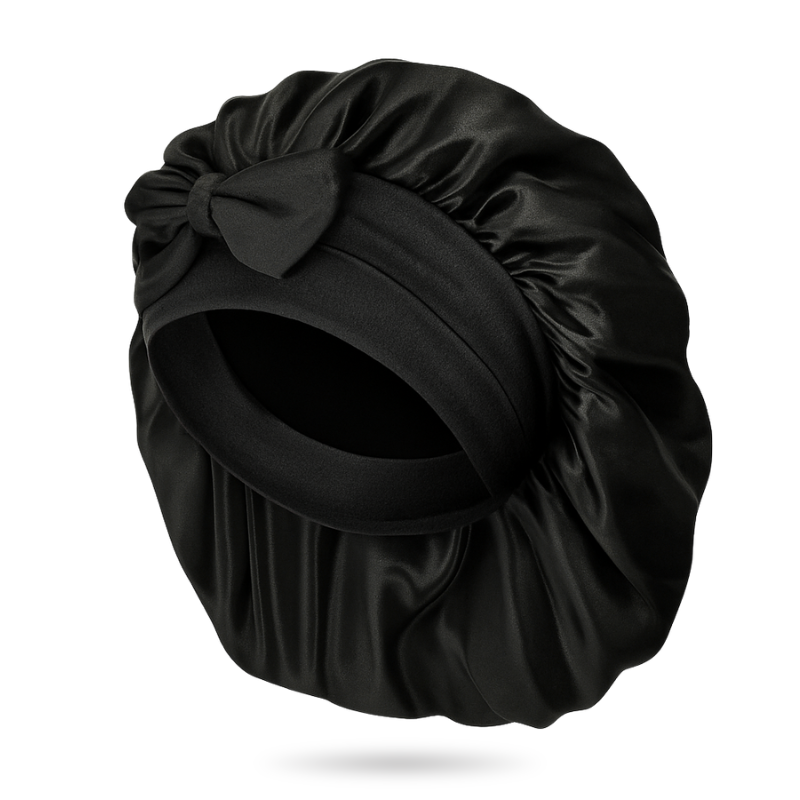Silk and radiation therapy – gentle comfort for sensitive skin and hair
NOTE: There is no scientific evidence that silk can prevent or treat side effects from radiation therapy. This post is about how many experience that silk can feel more comfortable against sensitive skin and fragile hair during and after treatment. Always talk to your doctor if you have questions.
Why silk can feel better during radiation therapy
Radiation therapy is an effective part of cancer treatment but can cause side effects such as irritation, redness, and dryness of the skin. Many also experience hair loss or that the new hair growing out is very fine and fragile.
During this period, even soft textiles like cotton can feel rough against the skin. Therefore, many radiation patients choose to switch to even softer materials such as mulberry silk, which feels smooth and natural against the body.
Benefits of silk for sensitive skin and hair
Silk is a natural material with a unique structure that reduces friction against skin and hair. This means that the hair is not pulled or tangled, and the skin gets peace to breathe. Many describe it as a small but noticeable difference in everyday life.
- Less rubbing against sore or irritated skin
- Helps to retain moisture and balance
- Feels cool and light, even when the skin is warm
For this reason, both patients and care staff often recommend silk or wool as gentler alternatives to synthetic materials.
Hair on the way back – protect it from friction
When hair begins to grow back after treatment, it is typically very fine and delicate. Here, silk pillowcases in 22 momme mulberry silk or a silk bonnet can be a small but effective help in everyday life. The smooth surface of silk allows the hair to glide freely over the soft fabric instead of being worn.
For cold days, you can choose our silk-lined beanie with wool on the outside for warmth and silk on the inside for the sake of the hair. It protects against static electricity and is extremely gentle on the fine hair strands.
Silk – a small luxury in a difficult time
Silk cannot replace medical treatment, but it can be a home luxury at a time when the body needs extra care. The soft structure feels nice against the skin and can give a sense of calm and well-being.
Choose products made of pure mulberry silk without added substances and with natural breathability. That way you get the best combination of comfort, quality, and durability.
Related silk products
- Silk pillowcase in white mulberry silk – protects hair and skin, and adapts to your body temperature. Cools when you are warm, and warms when you are cool.
- Luxury silk bonnet – perfect for preserving moisture and shine in the hair at night.
- Silk-lined beanie – warm wool outside, soft silk inside. Less friction, less frizz.
In short
Silk is not a miracle cure – but it can make everyday life a little more comfortable. 💛

